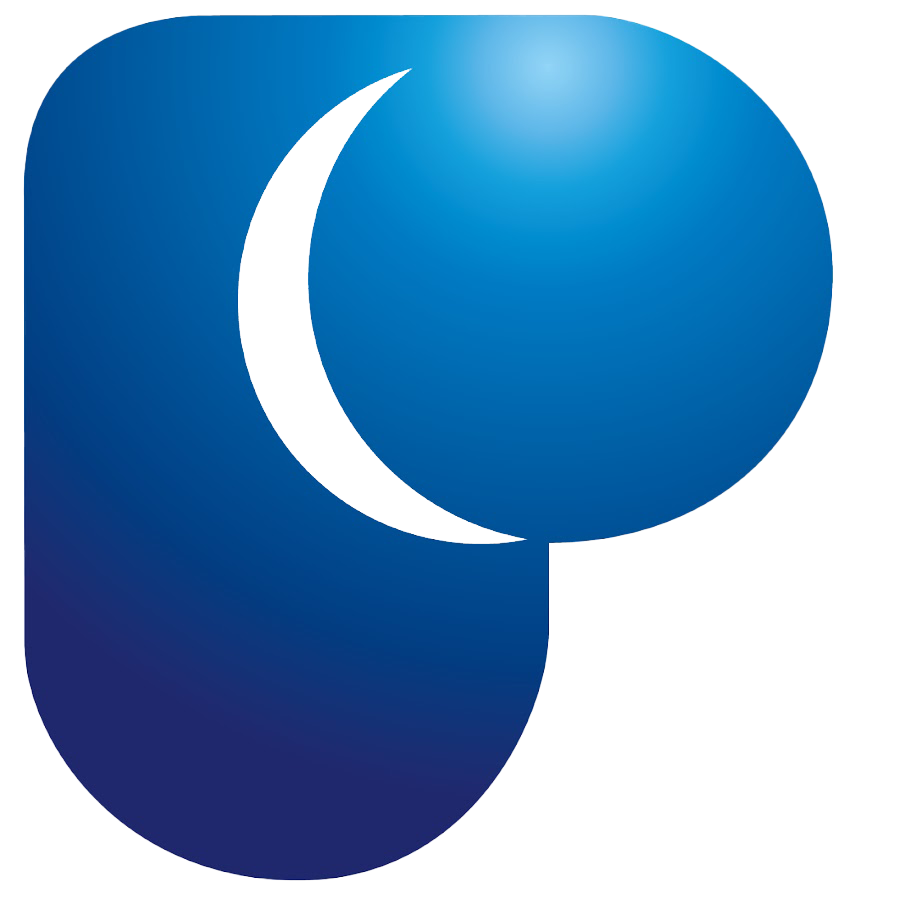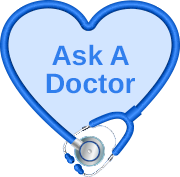
A slipped disc, also referred to as a herniated disc, happens when one of the soft cushioning discs between the vertebrae in the spine ruptures or bulges out. This condition can place pressure on nearby nerves or even on the spinal cord, leading to pain, numbness, or weakness, typically in the neck, back, arms, or legs.
The spine is made up of a series of bones (vertebrae) cushioned by intervertebral discs. These discs have a soft, jelly-like center (nucleus) and a tougher outer shell (annulus). A slipped or herniated disc occurs when the nucleus pushes through a tear in the annulus. It can compress or irritate the nerve root, sometimes resulting in sciatic nerve pain that radiates through the lower body. This condition often affects the lower back (lumbar disc herniation) but can also occur in the neck (cervical spine).
Several factors can contribute to the development of a herniated disc, including:
Symptoms vary depending on the disc’s location and whether it’s pressing on a nerve. Common signs include:
Seek medical attention if the pain worsens or affects daily activities.
Immediate consultation is recommended if you experience:
These may indicate serious nerve compression that can potentially lead to permanent nerve damage and requires urgent care.
A healthcare provider will conduct a physical examination and may recommend imaging tests such as:
Treatment depends on the severity and location of the herniation.
Non-surgical options:
Surgical intervention may be considered if conservative treatments fail. Common procedures include:
You can reduce your risk of a slipped disc by:
A slipped disc can significantly impact your quality of life, but with timely diagnosis and appropriate treatment, most individuals recover well. If you’re experiencing persistent back or neck pain, consult our orthopaedic specialist to explore your options.


